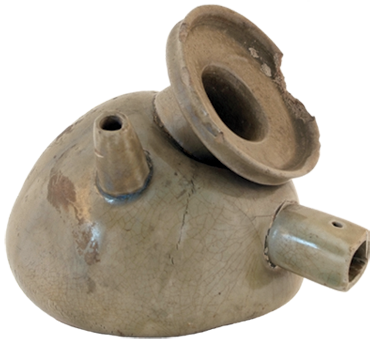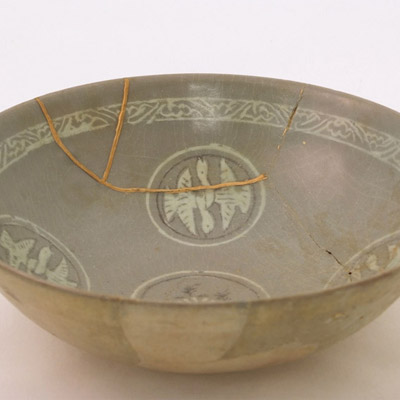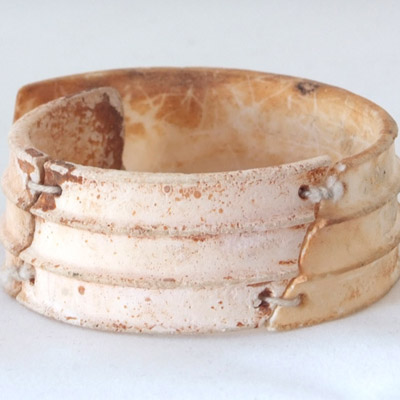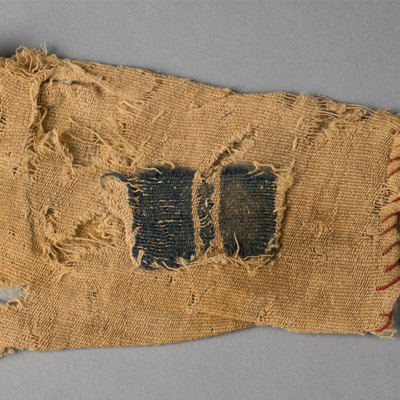Repairing Perfection
"There is a crack in everything. That's how the light gets in." (Leonard Cohen, “Anthem,” 1992)
Stuff breaks. Today, broken things are often discarded. This was also true in the past. However, both today and in the past, some things—special things—are repaired. Their specialness may come from their economic, symbolic, or political value; their beauty; or their connections to personal or family history.
All of the objects in this section have been repaired. Many of the repairs were purely practical: to allow objects to continue to serve their intended function. Some repairs were concealed to make the objects appear new. Others are visible, when menders chose not to hide their work. While all repairs fix broken objects, some are meant to be seen and admired in their own right. They add to an object's beauty and celebrate its history, including the harms it has suffered. The gold-lacquer (kintsugi) repaired vessels exhibited here provide striking examples of this approach.
Why do museums collect broken and repaired objects? They teach us about technology—the tools, techniques, and materials that past people used. They also allow us to see the things that people in different times and places valued and the work they were willing to do to preserve them.




